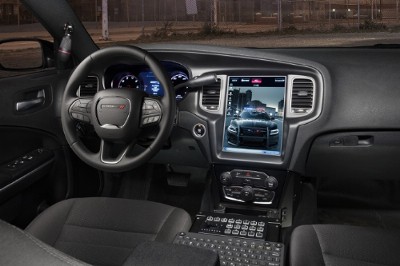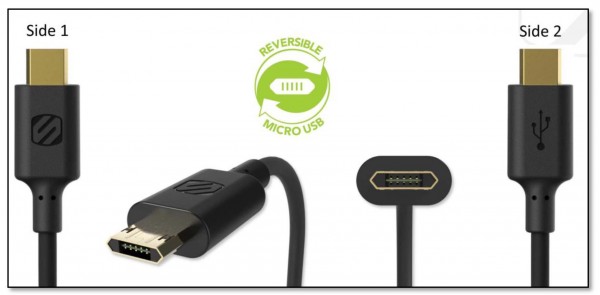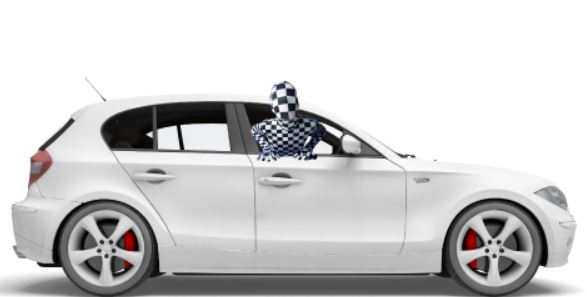 National Highway Traffic Safety Administration and Insurance Institute for Highway Safety’s challenged automakers to make forward collision alert and automatic emergency braking ADAS technology standard on light vehicles. The challenge is supported by ten automobile manufacturers.
National Highway Traffic Safety Administration and Insurance Institute for Highway Safety’s challenged automakers to make forward collision alert and automatic emergency braking ADAS technology standard on light vehicles. The challenge is supported by ten automobile manufacturers.
The announcement was made at the dedication of IIHS’s newly expanded Vehicle Research Center in Virginia. This is a step toward making crash-prevention technologies more widely available to consumers.
Audi, BMW, Ford , General Motors, Mazda, Mercedes-Benz, Tesla, Toyota, Volkswagen and Volvo will make the technology standard equipment in all car, truck and SUV models they sell.
Automatic emergency braking (AEB) systems use on-vehicle sensors such as radar, cameras or lasers to detect an imminent crash, warn the driver and, if the driver does not take sufficient action, engages the brakes.
First aerial image of @IIHS_autosafety‘s expanded Vehicle Research Center with covered test track. pic.twitter.com/923YTAkWrU
— IIHS (@IIHS_autosafety) September 10, 2015
In June, the National Transportation Safety Board, recommended that the automatic braking systems be made required on all new cars.
AEB systems can reduce auto insurance injury claims by as much as 35%, according IIHS research.
“General Motors supports the call for a voluntary industry safety agreement that would lead to making forward collision warning and automatic emergency braking standard on light vehicles. Both technologies are available today on dozens of 2016 model Chevrolet, Buick, GMC and Cadillac models,” said Jeff Boyer, GM vice president of global vehicle safety.
Volvo Cars reports that it already has approximately 250,000 vehicles on U.S. roads with these technologies. The company encourages regulators to include these safety systems in the consumer-friendly 5-Star overall crash rating so American consumers can more easily determine the safest available vehicles.
For 2015 models IIHS ranked fourteen new models earn a superior rating and five earn an advanced rating for advanced front collision prevention systems. Earning superior are the 2016 Acura ILX, MDX, RDX and RLX; 2016 BMW X3; 2015 Chrysler 300 and its twin, the 2015 Dodge Charger; 2015 Mercedes-Benz C-Class (both Collision Prevention Assist Plus and Pre-Safe Brake equipped versions), CLA (both Collision Prevention Assist Plus and Distronic Plus equipped versions) and E-Class; and the 2016 Mazda 6 and CX-5. The 2016 Volkswagen Golf, Golf SportWagen, Jetta and 2015 Volkswagen Touareg are rated advanced for front crash prevention. The X3 earns an advanced rating when equipped with BMW’s camera-only system called City Braking Function and is rated superior when equipped with a camera- and radar-based system.
IIHS reports that although luxury vehicles are more likely to have optional front crash prevention systems, the technology is catching on with more mainstream nameplates. Seven of the 19 superior- or advanced-rated models in this new round are moderately priced: Chrysler 300; Dodge Charger; Mazda 6 and CX-5; and Volkswagen Golf, Golf SportWagen and Jetta.
Forward collision warning is available on half of the 784 2015 models in HLDI’s vehicle features database. Twenty-seven percent of 2015 models offer a front crash prevention system with autobrake, more than twice as many as in the 2012 model year.
Research Center
The $30 million expansion of the Vehicle Research Center was made possible through the support of IIHS member companies. The centerpiece is a 5-acre covered track, one of the largest fabric-covered structures in the United States, which will allow testing to continue rain or shine. Six fabric panels supported by steel trusses arc over the 700-foot-by-300-foot track and are supported by 18 concrete piers, which weigh a total of 7,000 tons and contain more than 39 miles of steel reinforcement bars.
An existing outdoor track was expanded, bringing the total area of track, including the covered section, to 15 acres. A new office and conference space was also part of the project.










